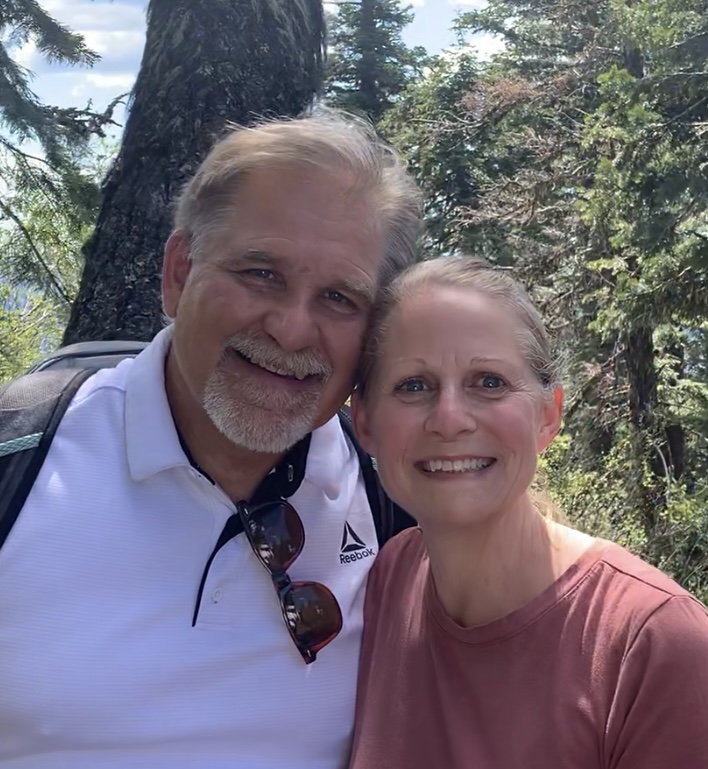Women's Hairstyles in the Late 19th Century
- Pete and Julie Morrill

- Aug 15, 2024
- 2 min read

This is not exactly a coaching-related post, but it's just for fun as it relates to research for my novel, A Widow's Whim, (working title) takes place in 1893 during a time of tremendous change in much of the United States. With the Industrial Revolution came new inventions, innovative new businesses, new forms of transportation, suffrage marches, and changes in the fashion world.
Around the end of the 19th Century the western world was transitioning out of the Victorian era and into the Edwardian era. For several decades, women wore their hair very long, braiding it and pulling it back tightly and often severely from the face (although many women cut and curled the hair directly around the face to create a softer frame). As women grew bolder in voicing their demand for more rights, their hair and clothing took on a form of protest against the status quo. They began trimming their hair to shorter lengths to create a more casual and relaxed look.
The famous "Gibson Girl" hairdo was created by Charles Dana Gibson in 1890. The style reflected what Gibson saw as a more modern, independent woman and lasted in popularity until the end of WWI in 1918. To create the hairdo, women saved bits of hair from their hairbrushes and rolled it (and other hairpieces) beneath ratted, teased hair to "poof" it out in a bouffant that looks vaguely like an inner tube or one of those ice bags that people used to put on their heads when they had a headache (which apparently weren't invented until the 20th Century, so Gibson couldn't have been inspired by one of these).
For more information on the Gibson hairstyle and even how to create the look for yourself, check out the sources listed below.
Sources:




Comments